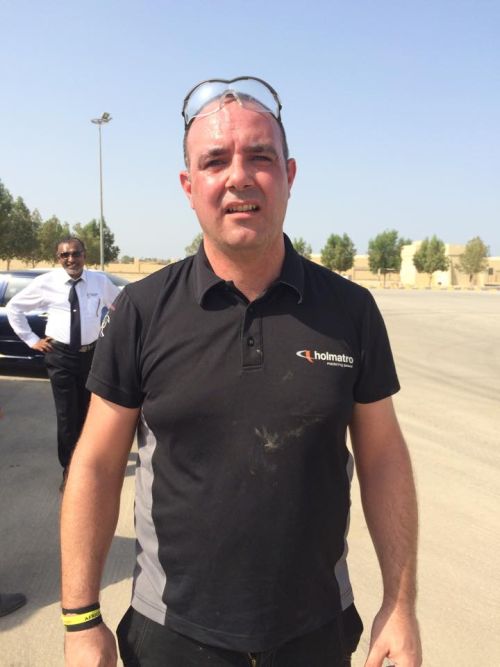How Extreme Temperatures Impact Your Rescues
As a guy who grew up in northern United Kingdom, temperatures of 40 degrees Celsius were something I had only ever seen on TV or read about in cook books!
40 degrees Celcius
This week I have been delivering training in the Middle East where temperatures reached nearly 40 degrees Celcius. I have delivered training in hot (and cold) weather before but for me this was a new personal best. Far from it being a pleasurable experience, it was very punishing. Of course I know that many readers of my blog live and work in areas where this kind of temperature is nothing new (and I sympathise!), but still, it does change how you operate on scene.
How extreme temperatures impact your work on scene
Firstly there is a compromise of your personal protective equipment. Very few fire & rescue / rescue services have turnout gear or fire kit that will satisfy all weather conditions (hot and cold) and afford a level of protection from the wide range of incidents we have to attend. Therefore we often find ourselves very hot in very hot weather! We also find ourselves very hot in cooler weather too, especially when performing extrication.
The subject of heat stress and heat syncope is something I don’t intend to cover in my blog but they are areas that rescuers, in particular incident commanders, must be aware of.
In such heat, sweating is inevitable (even before work begins) and this immediately compromises visibility (safety glasses now require windshield wipers!). This made even worse by the addition of a dust mask for glass management operations.
Another point I would consider is rotation of personnel on scene. In such temperatures a single cut/spread will take its toll (even on the fittest of rescuers) and crews should consider reducing the burden on colleagues by being ready to perform the next cut/spread where required.
Hydration is critical too. I expect that those people who operate in a hot climate will stay hydrated as part of your everyday life. However, rescuers who operate in seasonal high temperatures should bare this in mind.
Finally, remember that exposure to high temperatures and direct sunlight is not only detrimental to operational personnel but also to the victim on scene. Where possible consider this and figure it into your plan.
Admiration
What has really hit home to me this week is that I've taken a moderate climate for granted... until now! I really admire the rescuers amongst you who operate in extreme weather as a daily part of your job. Whether this is high temperatures here in the Middle East or seasonally low temperatures in Northern USA or Japan, it really does impact on how you work!

As ever I welcome your feedback.
Ian Dunbar